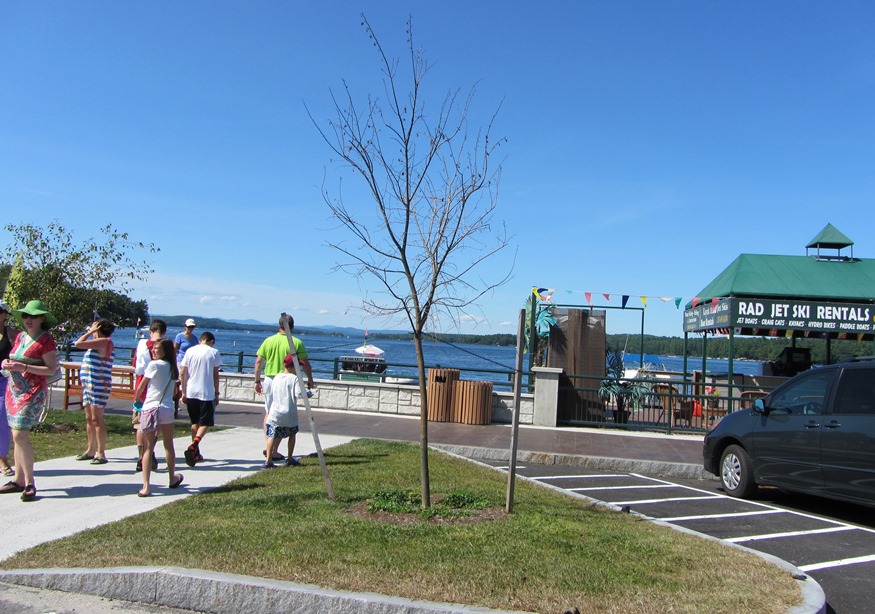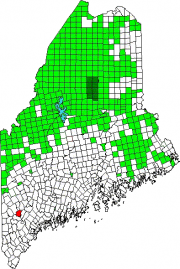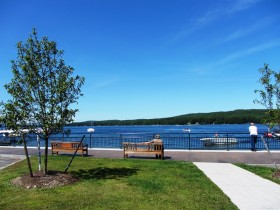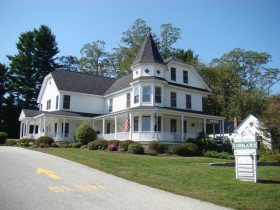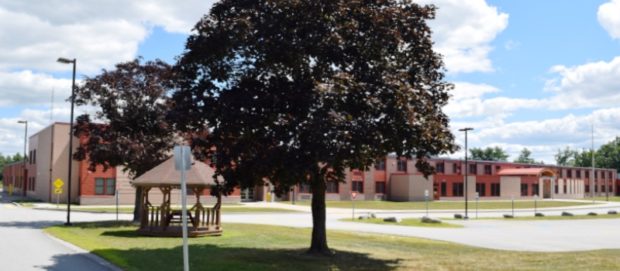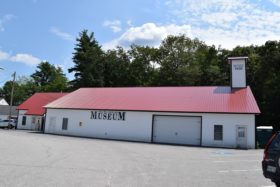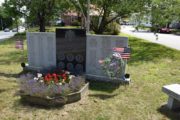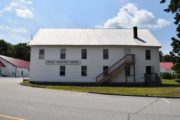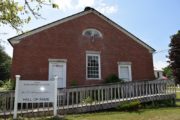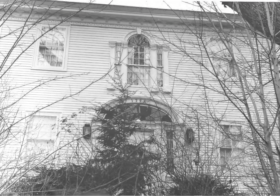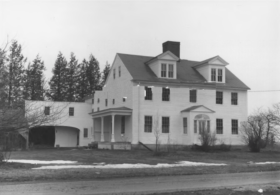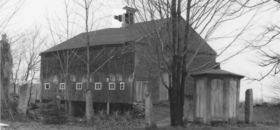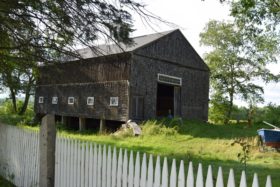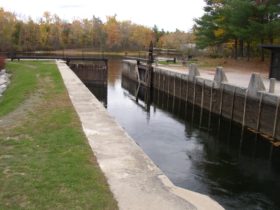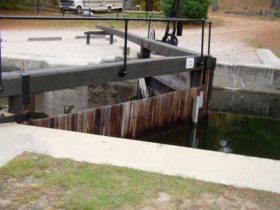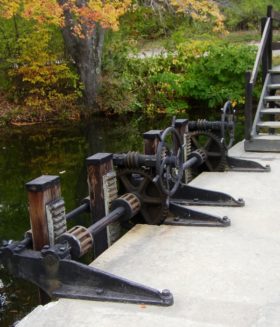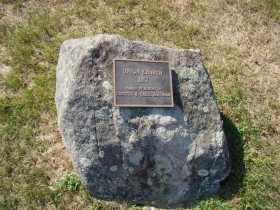| Year | Population |
|---|---|
| 1970 | 956 |
| 1980 | 1,833 |
| 1990 | 2,860 |
| 2000 | 3,274 |
| 2010 | 3,872 |
| Geographic Data | |
|---|---|
| N. Latitude | 43:58:21 |
| W. Longitude | 70:36:42 |
| Maine House | District 68 |
| Maine Senate | District 19 |
| Congress | District 1 |
| Area sq. mi. | (total) 37.2 |
| Area sq. mi. | (land) 31.8 |
| Population/sqmi | (land) 121.8 |
County: Cumberland
Total=land+water; Land=land only |
|
[NAY-puhlz] is a town in Cumberland County, settled in 1790 and incorporated on March 4, 1834 from portions of Otisfield, Raymond, Harrison, Sebago and Bridgton.
It then annexed more land from Sebago, Otisfield and Bridgton between 1845 and 1856.
Blessed with ample access to Long Lake, Sebago Lake at the intersection of U.S. Route 302 and Maine Routes 11, 35 and 114, Naples has long been a vacation resort community. Henry Wadsworth Longfellow and Nathaniel Hawthorne have sung its praises. Hawthorne lived in nearby Casco in the early 19th century.
Sebago Lake State Park** is in both Naples and Casco at the north end of the Lake and includes the historic Songo Lock. Songo Lock, built about 1830 and now shared with the town of Casco, linked Long Pond and Brandy Pond with Sebago Lake, thus allowing passage of boats from Harrison to Portland through the Oxford-Cumberland Canal in Standish. (See images below and in Casco.)
In the late 19th century, Naples economy was bolstered with a canning factory of the Portland Packing Company, coopers, and by makers of carriages, clothing and shoes.
The historic “Locust House” was donated by the Dodge family to house the Naples Public Library in the 1980’s. It was renovated and expanded in 1998.
Naples is one of the fastest growing towns in the state, having nearly doubled its population between 1970 and 1980, then more than doubling from 1980 to 2010.
Lake Region High School (below) and associated vocational center serves the towns of Bridgton, Casco, Naples, and Sebago, in Maine School Administrative District 61.
A complex of community buildings is off U.S. Route 302 and Maine Route 35 at N43° 58′ 15.17″ W70° 36′ 37.16″. They include the town office, post office, a museum, and a former Grange hall now a community center.
Additional resources
Barnes, Jack and Diane. Sebago Lake, West Shore: Standish, Baldwin, Sebago, and Naples. Charleston, SC. Arcadia Publishing. 2000.
“The History of Naples.” by Llewellyn G. Barton. “The religious history of the town of Naples: religious historical address delivered at Naples Centennial Sunday, August 12, 1934.” by Frederick Lyman. ( Photocopy of mounted newspaper clippings from the Bridgton news, Sept. 21-Oct. 6, 1934, and Dec. 15-Dec. 29, 1934.) [Maine State Library]
**Maine. Department of Agriculture, Conservation and Agriculture. “Sebago Lake State Park Conditions & Activities.” https://www.maine.gov/dacf/parks/trail_activities/sebago_lake_trail_conditions.shtml
*Maine. Historic Preservation Commission. Augusta, Me. Text and photos from National Register of Historic Places: http://pdfhost.focus.nps.gov/docs/nrhp/text/xxxxxxxx.PDF and http://pdfhost.focus.nps.gov/docs/nrhp/photos/xxxxxxxx.PDF
Varney, George J. A Gazetteer of the State of Maine. 1886. p. 381.
National Register of Historic Places – Listings
Manor House
[U.S. 302] Built by one of the earliest settlers in the region, the Manor House is not only important as a finely conceived early Federal structure, but also as a tie with early Naples history. George Peirce was sent as proprietor’s agent to an 80 acre grant in Otisfield, now Naples. He arrived in 1775 and built his cabin, saw mill and grist mill at a spot then called Peirce’s Falls, now Edes’ Falls. Peirce served as agent, then clerk of the plantation in 1796, and the town’s first constable and tax collector in 1798.
He was an able builder and businessman with, an excellent command of the law. He also acted as physician and surveyor for the early settlers of the region. In 1789, Peirce was thrown into the Portland Gaol to await trial for murder. He had killed a Scotsman named Mclntosh, who was about to attack him with an axe. After his acquittal on a plea of self defense, Peirce returned to Naples, his reputation restored and his standing in the community undiminished. A few years later he built the Manor House, a home befitting his stature as a prominent and prosperous citizen.* [Frank A. Beard photos]
Perley, Sam, Farm
[Perley Road] The Sam Perley Farm, named not after its builder but rather a later descendant, is a generous farmstead sited beautifully on a hill in a remote part of Naples. Architecturally it is a virtually unchanged early 19th century farm, except for electricity.
 Thomas Perley of Boxford, Massachusetts, was a member of the Committee of Proprietors purchasing this township in 1765. His son Enoch at the age of 27 came to the area as a settler in 1776, being one of the first settlers of Bridgton. He had, incidentally, been a member of the Boxford Minutemen who marched to the defense of Concord on April 18-19, 1775. Members of the Perley family came to own more than 2,000 acres of heavily wooded land in the area, which led to considerable prosperity from lumber sales.
Thomas Perley of Boxford, Massachusetts, was a member of the Committee of Proprietors purchasing this township in 1765. His son Enoch at the age of 27 came to the area as a settler in 1776, being one of the first settlers of Bridgton. He had, incidentally, been a member of the Boxford Minutemen who marched to the defense of Concord on April 18-19, 1775. Members of the Perley family came to own more than 2,000 acres of heavily wooded land in the area, which led to considerable prosperity from lumber sales.
Enoch’s son, Thomas, a Major in the militia, inherited the farm and in 1809 built the present house. The barn was built somewhat later. In 1834 that section of Bridgton was set off as a part of the newly formed township of Naples. Samuel F. Perley, son of Thomas, was born in 1817. A trained surveyor, he was a progressive and successful farmer constantly improving his breed of stock and the quality of his orchards.
He served as President of the Cumberland County Agricultural Society, was a member of the Maine Board of Agriculture, a Trustee of the Maine State College of Agriculture and Mechanic Arts, now the University of Maine, from its founding until 1874. He was elected four times to the State Legislature, serving in both branches. At his death in 1881 he was Naples’ most prominent citizen and well known throughout the state. The Sam Perley farm is a landmark of both local and state significance.* [Frank A. Beard photos, 1979] (Photos were damaged and have been partially reconstructed.)
Songo Lock
[South of Naples off Maine Route 114] In 1830 the first boat traveled on the Cumberland and Oxford Canal. It extended 20 miles from Portland to Sebago Lake and, via a lock on the Songo river, to Harrison at the head of Long Lake. The Presumpscot River drained two chains of lakes and ponds that reached far into the interior whose rich forests and farm lands were still largely unexploited. Roads were poor or non-existent. A canal link to Sebago, supplemented by locks and short pieces of canal between adjoining bodies of water, offered most of the Cumberland and Oxford counties area efficient low cost transportation and speed the development of the area.
In 1821 the Cumberland and Oxford Canal Corporation was chartered by the Maine Legislature, but financial problems delayed construction. On June 1, 1830, the first boat journeyed up the canal from Portland carrying a group of dignitaries. The marvelous “ditch” had been dug with pick and shovels by hard-working Irish immigrants, through 28 locks that raised boats 248 feet from tide level to the lakes. The canal enabled farmers, lumbermen, manufacturers and merchants to ship or receive goods from Portland cheaply, swiftly and efficiently. The 1830s and 1840s were successful years for the canal. But competition from railroads reduced traffic. By 1870 the canal’s commercial value ended.
The 1830 Songo Lock was rebuilt in 1911 by the Sebago Lake Improvement Company for water level control. The Canal remnants do not allow full, free navigation from the lakes to the sea. Well-planned paddling and portaging is reportedly possible.* The Lock is in Sebago Lake State Park between Naples and Casco off U.S. Route 302.
Union Church
[US 302 south side, 0.1 mile west of junction with Maine Route 11/114]
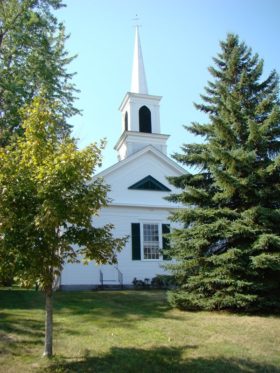 Prominently sited in the village center, the Union Church is a Greek Revival style frame building erected late in 1857. Founded by three local religious societies, the building had been used until the early twentieth century. It is now open in the warm months for a variety of religious and non-religious activities.
Prominently sited in the village center, the Union Church is a Greek Revival style frame building erected late in 1857. Founded by three local religious societies, the building had been used until the early twentieth century. It is now open in the warm months for a variety of religious and non-religious activities.
The Union Church was founded in 1857 by two Freewill Baptist societies (the Association Baptist and the Star Baptist), and the Congregational society. The joint Union Committee received subscriptions for construction, then a building committee was appointed. Construction must have begun shortly after the committee’s appointment since the church was dedicated on January 26, 1858, with both Congregational and Baptist ministers presiding.
The history of the Union Church during the late 19th century and early years of the twentieth is somewhat obscure. Apparently the congregation of the Union Church had dwindled to the point that by the late 1870s it could no longer support its own clergy. It seems likely that the ministerial duties were assigned to another pastor until regular services ceased altogether early in the 20th century. The Methodists occasionally used the church followed by an Episcopalian congregation in the 1950s. In the 1990s it served as an auditorium for community events, hosted weddings, and held at least one church service each year.*


